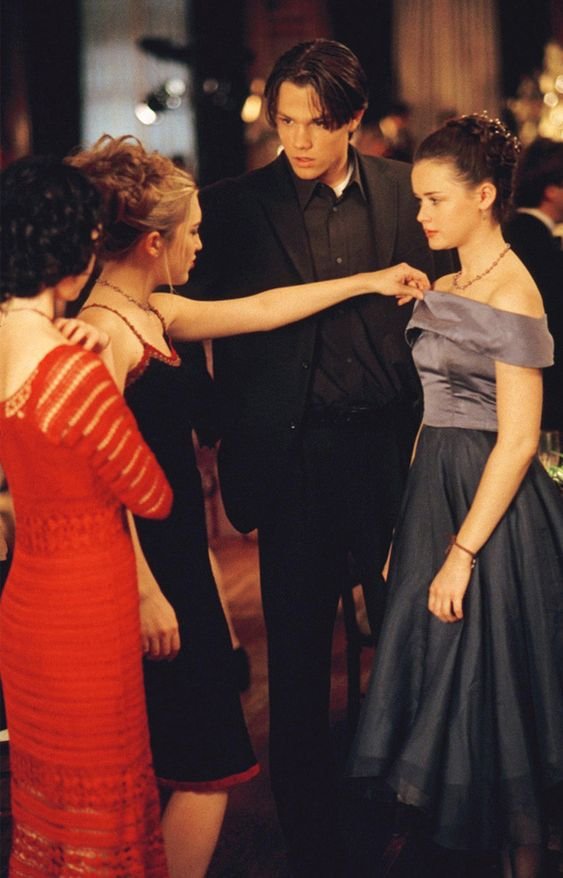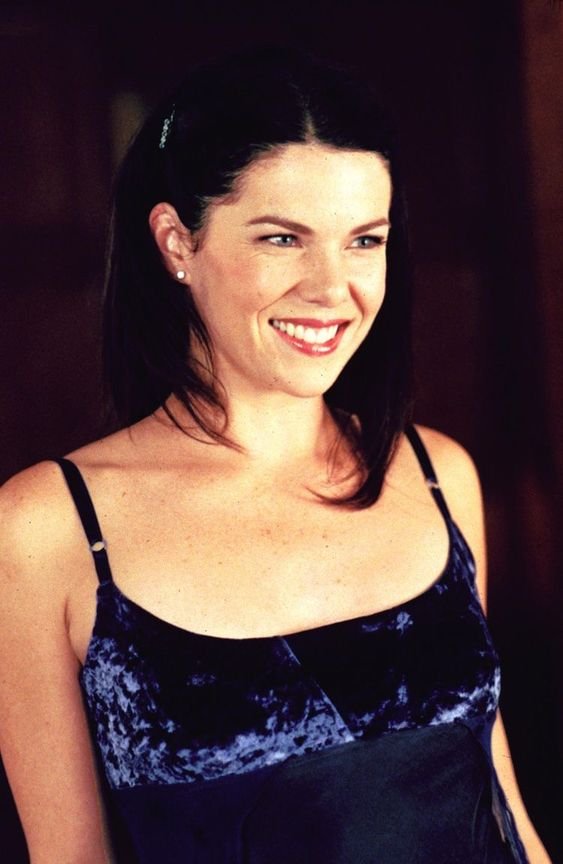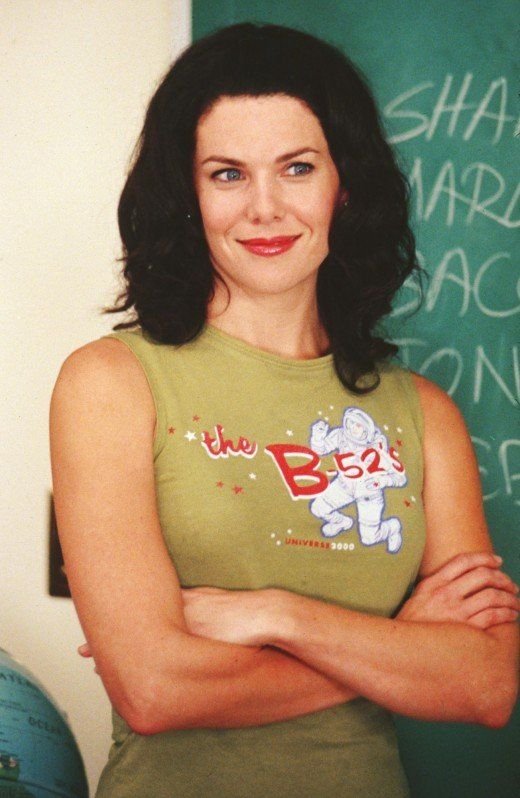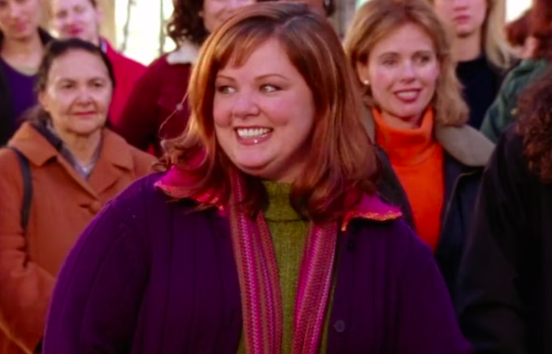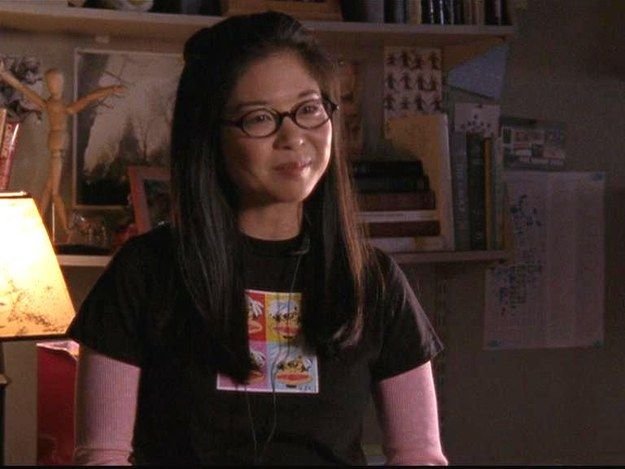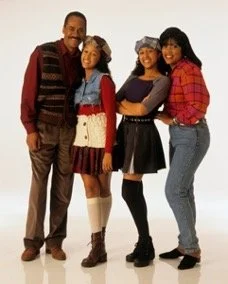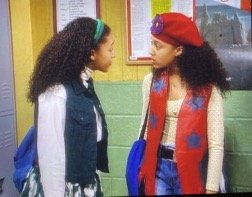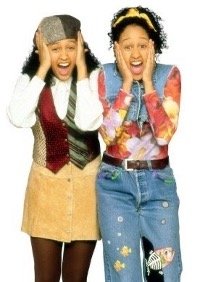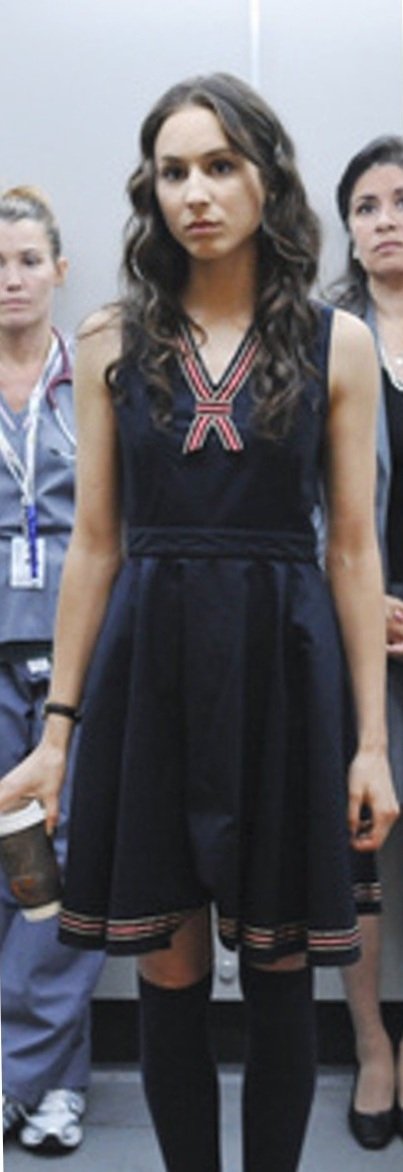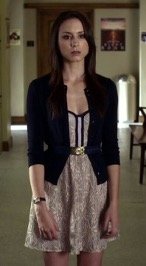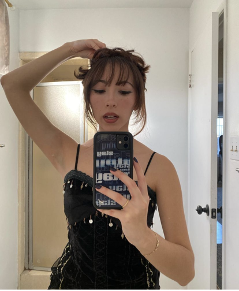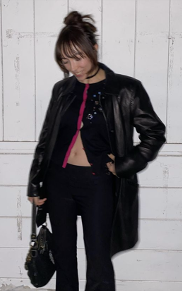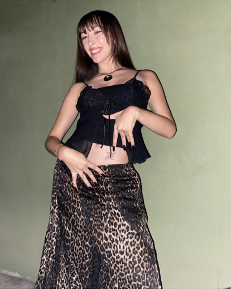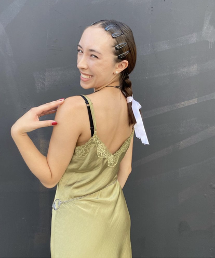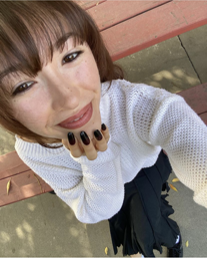Costume Designers—They Create Our Wardrobe and Our Personalities
A little girl with short red hair attends boarding school in Paris. She wears a blue dress with a white accent and a yellow hat paired with black ribbon. On her feet are white socks and ballet flats. I’ve never forgotten this outfit or this character. Madeline is where my love for fashion began.
“The costumes that stick in your mind are the ones that the character has inhabited and the character has really come alive in, and that’s why you remember them.”
A costumer’s job is to follow a character’s story, episode to episode, translating their persona through clothing. A wardrobe team is so important to the heart of the story. The story can’t be told without apparel that fits (pun intended).
“Designers are more like psychologists figuring out our character,” says costume designer Daniel Orlandi, “where they would shop, what kind of clothes they would wear, how messy or neat they were, where they’re stationed in life.”
It goes beyond thinking a shirt is pretty. The process comprises many parts— everything is connected. It’s why at eight years old we all wanted to be Hannah Montana.
In bringing a character to life, a costume designer works with the writers to understand the personality. Even capturing minor eccentricities is important. Would this character pick out this coat to go to this coffee shop on a Tuesday morning? The costume can’t play its role if it is mismatched with the character.
A production meeting before each episode sets the tone for how the story unfolds. It helps get the writers, directors, producers, and designers on the same page, especially with character development.
The costume designer makes sure the tone for the episode is reflected in the garments. They may pick from their wardrobe or create/buy something totally new.
Brenda Maben, the costume designer of Gilmore Girls, says it’s about “matching the clothes to the words.”
Then, the rest of the wardrobe department comes in. Valerie Campbell, the key costumer from Gilmore Girls and costume supervisor from Gilmore Girls: A Year In The Life, talks to me about her role. “The moment the designer hands it off to us, we establish it, we follow the continuity, and when the episode and outfit is done, we put it away and archive it,” she says.
At the beginning of the season, Maben created a closet for the cast. As seasons progressed, there were “racks and racks of clothes for most of these characters.” Maben would search for the clothes with shoppers to build these beloved characters’ wardrobes— Jennifer Starzyk, Suzy Magnin, Sharon Rosenburg, to name a few.
The outfits would then be picked before each episode. Sometimes, the actors had a bit of freedom in building their look—Lauren Graham being one of them—which presumably added to the exceptional personality of one of the lead characters, Lorelai.
Campbell remained on set from start to finish. Aside from getting the actors dressed and following the clothes, she had to be there while cameras were rolling, next to the monitor, watching for any costume mishaps, minding details we as viewers don’t think about.
Details of a costume are what make it so special. They can be subtle enough that someone watching might not realize it’s establishing not only the outfit, but also the character. In Gilmore Girls: A Year In The Life, the character, Sookie St. James, played by Melissa McCarhy, is the chef at the quaint local inn. The dragonfly buttons on her jacket represent “The Dragonfly Inn” that she and Lorelai opened in the original show.
One TikTok user comments that they “pictured Sookie finding the buttons at a flea market and being so excited.” To that, Campbell responds, “How do you know when the costume designer is doing a great job? Well… that! When a tiny detail is added to the clothing that allows the viewer to create an entire storyline that didn’t exist. Or did it?”
Though Campbell has been in the industry for more than twenty years, she still doesn’t ever have a complete blueprint before starting each day on set.
“I like how I never know what’s going to happen. I mean, I know the basics. I’m gonna steam the clothes, write them up, put them in the rooms, go to set, do the thing—but I have no idea what’s going to happen. And I love it,” she says.
“Who would have ever thought that something we worked on twenty years ago would have such an impact on life today,” Campbell tells me. "Even colloquialisms. You could say a moment from that show and chances are someone knows what you’re talking about.”
Debrae Little, the assistant costume designer on Sister, Sister, feels the same way about the show she worked on twenty years ago.
“To be honest with you, I never gave it any thought in the moment. You have this creative spirit. You have this creativity that’s bottled up inside of you, and all you want to do is get it out,” she says. “It’s fast-paced, there until 10 p.m., back in the morning at 8—you don’t have a chance to actually stand back and look.”
Tia and Tamera are the twin sisters so many adolescent girls grew up admiring. From their layered 90s vests and hats to purple tights, the two took classic 90s looks but made them exceptionally cooler.
They were twins with distinct personalities, and the designers’ job was to translate that. Little tells me Tamera’s looks were more “avant-garde, more eclectic. One was a little more feminine, the other a little more edgy. And that was the distinction.”
Little says that was pretty much true to their personalities off-screen, as well. That’s how they came across so naturally on screen and why we are still drawn to them today.
She says that when dressing a character “the goal is for it to be seamless and that they’re like a second skin.”
According to Little, the best part of all of it is “reading the script and knowing that you can make that character come to life. You can determine what that person looks like, and how they appear on camera. At the same time, keep it so that you inspire the actor to embrace their role.”
Little now has her own retail interior design company. Her love of “playing with textures and light and understanding fabrics and what they will and cannot do” has played a major role in this endeavor.
After making the transition from TV to feature films, Little says there was more time to reflect. “You could actually pause for a moment and say ‘Oh, I did that! And that’s pretty cool! And I think this might be something that could catch on as a trend, maybe this is my proudest work. And that’s how I feel now with interior design,” she explains.
“I think it was that I was nothing like them actually, so I just wanted everything about them,” says Little.
Jessie Saltikov, a fashion merchandising student at Cal Poly Pomona University knew fashion was important to her the moment she saw Sharpay Evans (Ashley Tisdale) walk onto the screen wearing a silver sequined headband.
She found a sparkly scarf in her closet the next day and wrapped it around her head. “What are you wearing,” her mom laughed.
Saltikov recognizes now that, when she was young, it was more about the clothes rather than the personality of a character; she was drawn to everything her favorite characters wore; from Strawberry Shortcake to Madeline to Barbie of Swan Lake.
It wasn’t until Saltikov reached her teen years that it became less about the materials and more about the mindset. For almost all of high school, Saltikov gravitated toward Spencer Hastings (Troian Bellisario) from Pretty Little Liars.
“I would literally search ‘Spencer PLL outfits’ into google and try to recreate it. And if I was buying something I would actively look for that style of clothing,” she laughs, “like I made it a point to get my closet to look like hers, down to the watch.”
She was drawn to characters like Spencer, the over achiever-perfectionist. She felt that if she drew inspiration from Spencer’s or Gossip Girl’s Blair Waldorf’s (Leighton Meester) outfits, she would embody those traits in a sense.
At 22 years old, Saltikov now has a stronger grasp on herself and her personal style. She seeks inspiration from new media and new characters. She also takes different feelings from decades of fashion that she wants to incorporate into her life.
Saltikov bought a jacket at Goodwill the other day and felt like all the pieces were very 90s and a bit of Phoebe Buffay (Lisa Kudrow). “I love the whimsical gothic style like Stevie Nicks and in The Chilling Adventures of Sabrina,” she says.
Saltikov grew up drawing and designing dresses that were a nod to that whimsical look and were very high fashion. “I think it’s why I love Halloween so much. You just put on a costume, and you become that person. I love dress-up. It’s as simple as that,” she says.
Living in an era of endless outlets of media invites many sources of inspiration, and Saltikov acknowledges it’s not the same or as simple as it was at age ten. “But even rewatching old shows at 22 years old, I still wish I had all of that. I’ll see something that Miley wore on Hannah Montana or in the Hannah Montana movie I still want to this day and I don’t think that ever goes away,” she tells me.
Saltikov shows me the strapless cupcake dress from the Hannah Montana movie, “I think about this dress every day,” she says.
Now that she studies fashion and anticipates her career, she’s less of a passive watcher, she tells me. “I see when designers make subtle changes in regard to what’s going on in the character’s life to the garments. You usually don’t even notice things like that. Everything about costume design is so intentional.”
“As I got older and was about to graduate high school, trying to decide what I was gonna do in college—it’s such a questionable industry. I was wondering if it was even a good idea, but that’s literally all I’ve ever wanted to do with my life,” Saltikov tells me. “I thought ‘why am I trying to deny this? There’s no other choice. By being in this industry, we are allowed to play dress up and be characters for the rest of our lives.”
“Nothing is random. Everything in the frame is designed to tell one story,” says costume designer ”
Costume design is an art form in its own. It’s as integral to the story as the directing, the set design, the writing. Costumers are partly responsible for writing the narrative of the characters we love so much. A lot of people aren’t aware of how much the clothes are saying because they're so good at their job. It’s seamless, per-se.
Costumers and the characters they develop influence how we dress and even carry ourselves today.
At six years old, I looked at Madeline and adored the simple bow in her hair. At 21, I’m grateful for the costume designers for tying that pretty bow on the characters I resonate so deeply with.


